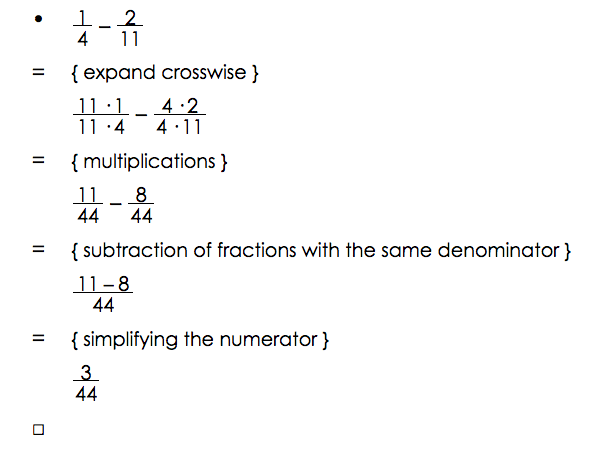Pedagogy
SHORT INTRODUCTION TO
Structured Derivations
Structured derivations is a method for presenting mathematical arguments in a precise and easily understandable form. Structured derivations make it easier for students to follow and understand when the teacher presents a mathematical argument. It gives the students a template for how to construct their own solutions to mathematical problems. The uniform presentation format makes it easy to check and find errors in students' solutions. A structured derivation can also be analyzed by a computer, to check that the derivation is meaningful and that each step in the derivation is mathematically correct.
The format can be used for all kinds of mathematical arguments: calculations, solving equations, simplifying expression, proving theorems, geometrical constructions, and so on. Structured derivations can be used at any level of mathematics, from pre-algebra to university level and research, and can be used in any area of mathematics.
A simple calculation

A more advanced calculation

SEE THE METHODOLOGY USED IN PRACTICE
eMath Textbooks
The eMath textbooks, eMath 1 - eMath 10, cover all topics in high school mathematics (grades 10 - 12). The books are structured according to the Finnish national curriculum for high school math, but can be used also as references in other national curriculum, the content of high school math is more or less the same all over the world. The books are available in three languages, Finnish, Swedish, and English. The books all use structured derivations for presenting different kinds of mathematical arguments, like proofs, calculations, geometric constructions, and general problem solving. The books contain a lot of assignments, which the students can solve directly in the book using the eMath editors available in eMathStudio. Read more...





